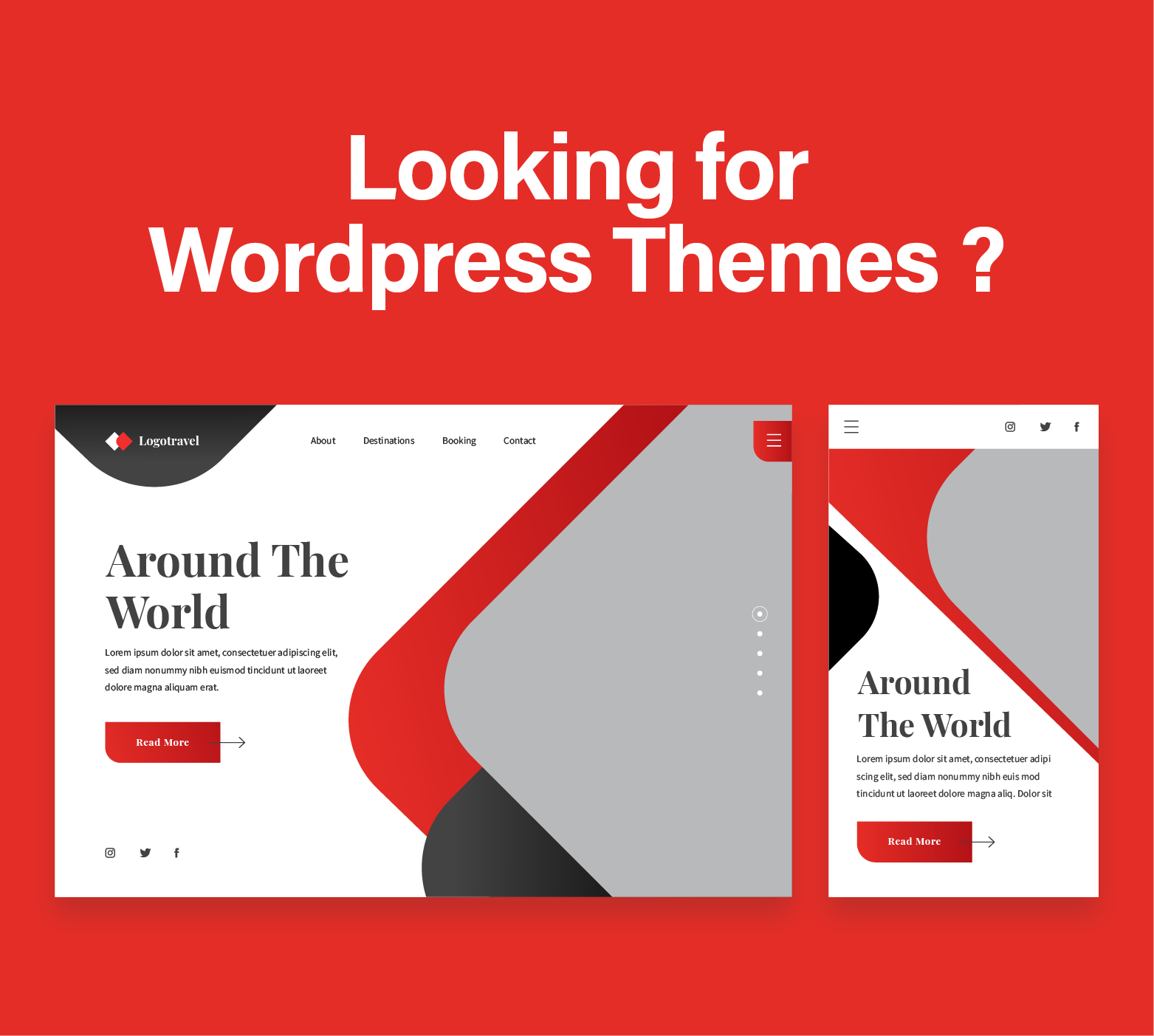When comparing Ceros and WordPress, the decision largely depends on what type of website you want to build and how much flexibility you need. While both platforms offer ways to create stunning, interactive websites, they cater to different kinds of users and objectives. In this post, we’ll explore the key differences, pros, and cons of Ceros pages and WordPress to help you make the right choice.
Do you need a wordpress agency ? No problem we can help you with any website development project.

Overview
- Ceros is a cloud-based design platform tailored for creating highly interactive and visually dynamic web experiences without the need for coding. It’s often used for creating microsites, interactive content, and digital marketing campaigns.
- WordPress, on the other hand, is a content management system (CMS) that powers over 40% of websites globally. It’s renowned for its flexibility, offering users the ability to create anything from blogs to full-fledged eCommerce websites, with or without coding.
Pros and Cons of Ceros Pages
Pros of Ceros
- Interactive Design: Ceros excels at building visually rich and interactive content, making it ideal for marketing campaigns, product showcases, and digital storytelling.
- No Coding Required: The platform is entirely drag-and-drop, enabling marketers and designers to create immersive experiences without needing a developer.
- Creative Freedom: Ceros provides robust creative tools, allowing users to design unique layouts and animations, perfect for brands that need to stand out with engaging visuals.
- Analytics Integration: Ceros allows for in-depth analytics, which means you can track how users are interacting with your content in real-time, giving you valuable insights for optimization.
Cons of Ceros
- Limited Website Functionality: While Ceros is excellent for building highly interactive pages, it’s not built for managing a full website. It’s more suited for standalone landing pages or marketing content, not large-scale websites.
- Subscription Costs: Ceros operates on a subscription model, which can be expensive compared to the open-source nature of WordPress. It may not be the best fit for users with tight budgets.
- Steep Learning Curve for New Users: While coding isn’t required, getting the most out of Ceros’s features can require some time and expertise, especially for those unfamiliar with design tools.
Pros and Cons of WordPress
Pros of WordPress
- Flexibility and Scalability: WordPress can be used to create any type of website—whether it’s a blog, eCommerce store, portfolio, or membership site. Its flexibility is unmatched, making it suitable for users with varying levels of technical expertise.
- Tons of Themes and Plugins: With over 50,000 plugins and thousands of themes, WordPress allows for deep customization and functionality. You can add almost any feature you need, from SEO tools to advanced eCommerce features.
- Full Control: WordPress is self-hosted (if using WordPress.org), meaning you have complete control over your website’s data, design, and functionality. You can switch hosting providers, modify code, or add any feature you like.
- Cost-Effective: WordPress itself is free, and while hosting, domain names, and premium themes/plugins can add up, it can be more budget-friendly compared to platforms like Ceros.
Cons of WordPress
- Learning Curve for Beginners: While WordPress is highly flexible, beginners may struggle with its setup and management. Installing plugins, configuring themes, and maintaining the site may require technical knowledge or support.
- Requires Maintenance: WordPress sites need regular updates, backups, and security checks. Managing a WordPress site can be time-consuming unless you outsource these tasks or use managed hosting.
- Design Limitations Without Code: While WordPress offers drag-and-drop page builders, fully custom designs often require knowledge of HTML, CSS, or JavaScript.
Key Differences Between Ceros and WordPress
- Purpose: Ceros is primarily a tool for creating interactive content and microsites, while WordPress is a full-fledged CMS capable of running complex, scalable websites.
- Ease of Use: Ceros is more user-friendly for creating visually appealing, interactive content without coding, but it’s not suited for larger websites. WordPress, though slightly more technical, offers more comprehensive control and customization.
- Customization: WordPress offers deeper customization options through themes, plugins, and coding, whereas Ceros focuses more on interactive content creation without the need for development.
- Cost: Ceros can be expensive, especially for small businesses or individuals, while WordPress is free to use, with additional costs only for hosting, premium themes, and plugins.
Conclusion: Which Should You Choose?
- Choose Ceros if your main goal is to create eye-catching, interactive pages or digital marketing campaigns without needing advanced web development skills. It’s a fantastic tool for creating engaging, branded content that can enhance marketing efforts.
- Choose WordPress if you’re looking for a highly customizable platform that can scale with your business, especially if you plan to build a full website with a blog, store, or other advanced features. WordPress offers far more flexibility, but you’ll need to be prepared for the technical aspects of website management.
Ultimately, both platforms serve different purposes, and your choice should depend on your specific needs, design requirements, and long-term goals for your website or content.
Do you need to build a website quickly ? Why not check our web design packages for affordable pricing and super quality work. Get in touch with us today and lets have a call.








